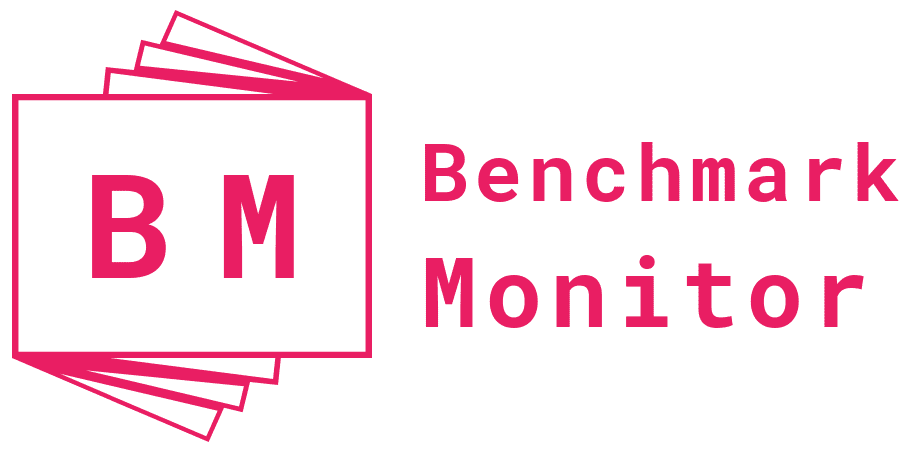“We are going to completely change what it means to do advanced analytics with our data solutions. We have machine learning stuff that is about really bringing advanced analytics and statistical machine learning into data-science departments everywhere.” Read on to find What Is R Programming?
- Satya Nadella, CEO, Microsoft.
So it all depends on data and analytics for every company if you want to bring the change, or say success. And what if you take Data Science with R course online? It can pave the way for a rewarding career in data science.
We are living in the digital era, where we produce petabytes of data in just one hour through our activities over the Internet. As we know that Data Science is a blend of different tools, algorithms, and machine learning principles with the objective of finding hidden insights that are useful in making business decisions. R is one such tool that is widely adopted by Data Scientists to perform the analysis.
Apart from Data Scientists, R programming language is extensively used by Data Miners, Statisticians, and Software programmers. Different sectors such as healthcare, finance, academics, consulting, media, retail, and more, find R as a versatile language that helps in performing data analysis and identifying meaningful information.
What is R programming language?
Table of Contents
Developed in 1993 by Robert Gentleman and Ross Ihaka in the University of Auckland, Auckland, New Zealand, R is a programming language and an analytics tool. It is used extensively as an analytics tool and is considered one of the most popular tools used in Data Analytics and Business Analytics. It finds various applications in different sectors. The demand for trained and certified professionals in R is increasing with its huge applicability in Statistics, Data Visualization, and Machine Learning.
R is defined as “a language and environment for statistical computing and graphics”, by the R Foundation. But, it is a lot more than that.
Let’s see what R actually is.
- R is a data analysis software that is widely used by Data Scientists, statisticians, and analysts. That means R can be used for statistical analysis, predictive modeling, and data visualization.
- R is an object-oriented programming language that provides objects, operators, and functions allowing you to explore, model, and visualize the data.
- R is a free, open-source software project which has a top-level of quality and numerical accuracy. Its open interface allows you to integrate with different applications and systems seamlessly.
- R provides an environment for statistical analysis and makes standard statistical methods easier to implement. This is the reason that much of the cutting-edge research done in predictive modeling and statistics is done in R.
- The R project leadership now has more than 20 leading computer scientists and statisticians from around the world, making it a community with thousands of contributors who have designed thousands of packages. Today, there are more than 2 million users in the vibrant online community of R.
Features of R
- Issued under GNU (General Public License), R is a free and open-source programming language.
- In place of a compiler, R uses an interpreter thereby making the development of code go easy.
- It is a flexible language that is capable of bridging the gap between data analysis and Software Development.
- One of the most important features of R is its cross-platform interoperability. This means that it has distributors running on Windows, Linux, and Mac. Therefore, R code can easily be ported from one platform to another.
- R can seamlessly associate different databases and performs well when it comes to bringing in information from Microsoft Excel as well as SQLite, Microsoft Access, MySQL, Oracle, etc.
- There is a wide variety of packages provided by R with a broad range of codes, functions, and features that are tailored for statistical modeling, data analysis, Machine learning, Data Visualization, and importing and manipulating data.
- R can effectively integrate different powerful tools to communicate reports which are in different formats such as XML, CSV, HTML, and pdf, and also via interactive websites, by taking the help of packages in R.
- R allows you to write your own libraries and packages and serves these packages as add-ons. Therefore, R allows changes and updates to its tools making it a developer-friendly language.
- If you have experience in statistics, R is best suited for you, as with the knowledge of statistics it becomes very easy and simple to learn R.
Why choose R for Data Science?
The need for analyzing and constructing insights from the data has made the field of Data Science one of the most popular ones. Industries now need to transform raw or unstructured data into furnished data products. Here, R comes into action as it provides the developers with an intensive environment to analyze, process, transform, and visualize the data.
R contains a plethora of packages that are applicable in almost all fields such as biology, management, astronomy, and more. When you need to perform complex statistical modeling, R is the most preferred language, as it provides extensive support for operations on matrices, vectors, and arrays. In addition, R is famous for graphical libraries that let you describe aesthetic graphs easily and convert them to user-readable format.
R Shiny allows you to develop your own web applications for incorporating visualizations in web-pages and allows excellent interaction between the users. Moreover, data extraction is considered one of the most important parts of Data Science. You can interface your R code with a database management system with R.
There are various packages in R that support image processing. Also, there are various options for advanced data analytics for developing machine learning algorithms, predictive modeling, etc.
Conclusion
The above-mentioned details were about what Is R Programming. Data Science has been ruling over the job market for the last decade. R finds a variety of applications in Data Science. If you wish to make a career in Data Science, learning R and getting certified in the same can be very beneficial. Taking up an online training course for getting certified is the wisest step you can take. This is because online training provides you the flexible learning hours and the mode of learning of your choice. There are doubt sessions which are conducted by industry experts to ensure that you are prepared well to take up the certification exam.
Get yourself registered now!!

